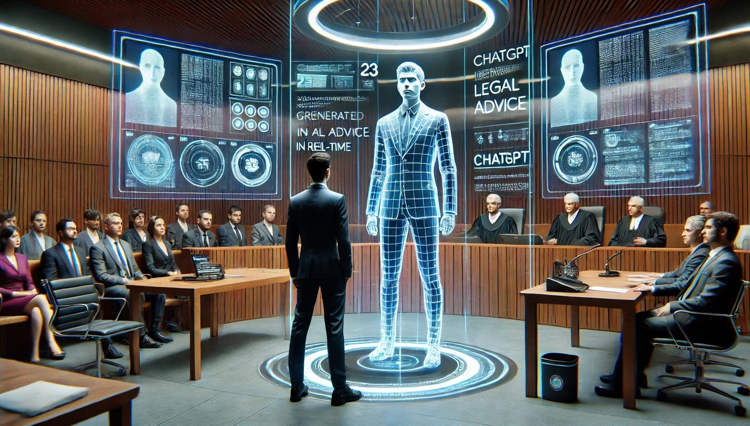Featuring rudimentary depictions of plants illustrated in aged colors and written in a language system that has yet to be deciphered, The Voynich Manuscript is the world’s most mysterious book.
In order to pay for the restoration of their college, the Italian Jesuits of Villa Mondragone gave Wilfrid Voynich, an antique book dealer, an old manuscript written in an odd language that no one was able to identify or understand. With this valuable acquisition, Voynich also received a list of its ownership history dating back to the 17th century, which made the book even more impressive. Its description read: “The codex belonged to Emperor Rudolph II of Germany (1576-1612) who purchased it for 600 gold ducats and believed that it was the work of Roger Bacon. It is very likely that Emperor Rudolph acquired the manuscript from the English astrologer John Dee (1527-1608). Dee apparently owned the manuscript along with a number of other Roger Bacon manuscripts”. The book remained in Voynich’s possession from 1912 to 1969, before being added to the collection at Yale University’s Beinecke Rare Book and Manuscript Library Apart from the undecipherable text, Voynich’s manuscript contains colorful botanical illustrations which are very similar to what we know from modern science, but which do not entirely resemble any distinguishable plant. There are also other cosmological and astrological depictions, as well as some drawings of naked women bathing together in small receptacles. This has led some scientists to believe that the book is sectioned into several chapters including: botanical, astrological, medical, biological, cosmological and pharmaceutical. Despite several attempts to decipher the manuscript, the meaning of the text itself or the the lovely naked ladies remain a mystery to this day.







